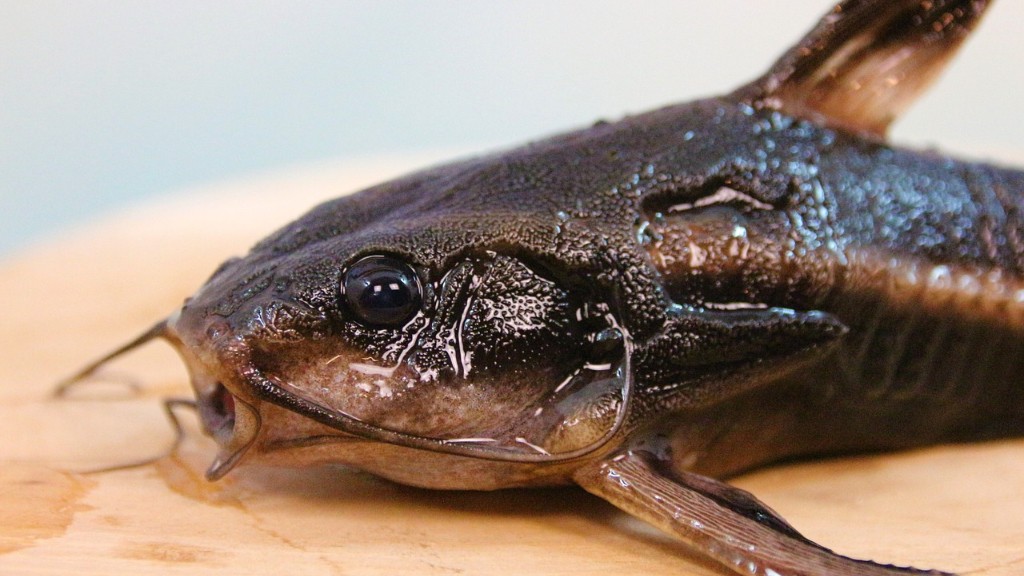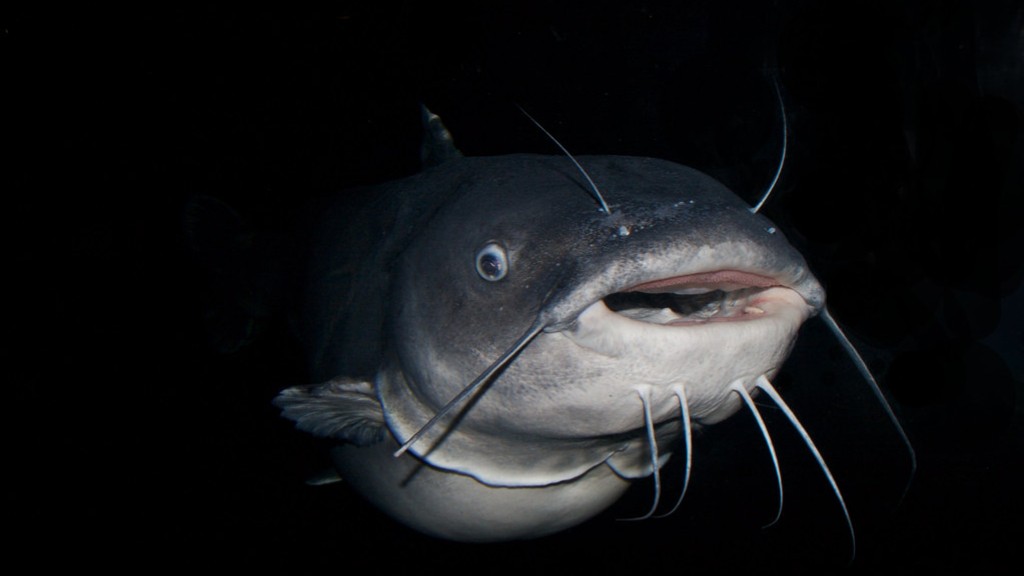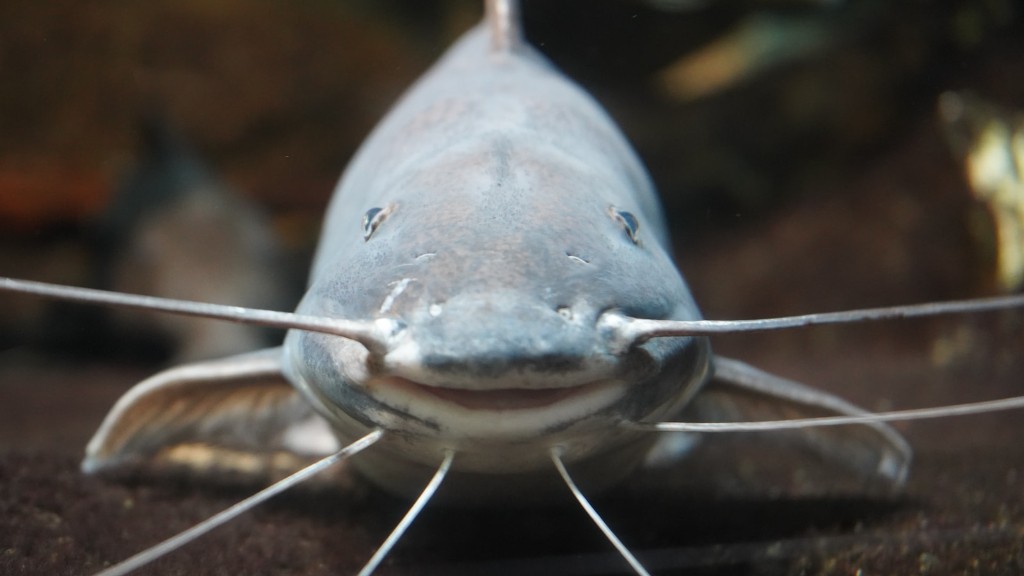Do Catfish Bite in March?
Fishing enthusiasts often wonder about the behavior of catfish during different times of the year, including whether they bite in March. The answer to this question can vary depending on various factors such as weather conditions, water temperature, and the feeding patterns of catfish. In this article, we will explore the factors that influence catfish biting behavior in March, providing a comprehensive understanding of their feeding habits during this time of the year.
1. Environmental Conditions
The environmental conditions in March play a crucial role in determining the biting behavior of catfish. As temperatures begin to rise after winter, catfish become more active in search of food. The warming water temperatures stimulate their metabolism, making them more inclined to feed. However, it is important to note that while catfish are more active in March, they may not bite as frequently or aggressively as they would during the warmer months of the year.
2. Water Temperature
Water temperature is another essential factor that influences catfish biting behavior. In March, the water is still relatively cool, and catfish are more likely to be found in deeper parts of lakes or rivers where the water temperature remains more stable. They tend to seek out areas where the water temperature is between 50°F and 70°F. When the water is too cold or too warm, the feeding activity of catfish diminishes. Therefore, it is crucial to consider the water temperature when determining the likelihood of catfish biting in March.
3. Feeding Patterns
The feeding patterns of catfish can also influence their biting behavior in March. Catfish are opportunistic feeders and will take advantage of available food sources. In early spring, aquatic insects, small fish, and crustaceans become more active, providing a plentiful food supply for catfish. As a result, catfish are more likely to be tempted by the presence of these prey items and exhibit more active feeding behavior compared to other times of the year. However, it is essential to note that catfish biting patterns can vary depending on the specific water body and its ecosystem.
4. Angling Techniques
In order to increase your chances of catching catfish in March, it is important to employ suitable angling techniques. Use natural and live baits such as nightcrawlers, earthworms, or cut bait to entice catfish. These baits mimic the natural prey of catfish and can be particularly effective in attracting their attention. Additionally, consider using different fishing techniques such as bottom fishing or drift fishing to target catfish in their preferred habitat.
5. Anecdotal Evidence
Anecdotal evidence from experienced anglers suggests that catfish biting activity in March can be erratic. Some anglers report excellent success in catching catfish during this time, while others find it more challenging. It is important to consider that the behavior of catfish can vary between different water bodies, even during the same month. Therefore, understanding the specific conditions of your fishing location, such as water clarity, depth, and structure, can provide valuable insights into the likelihood of catfish biting in March.
6. Scientific Research
Scientific research on catfish behavior in March is limited, and further studies are needed to gain a more comprehensive understanding. However, some studies have indicated that catfish activity and feeding behavior are influenced by photoperiod, which is the duration of daylight. As March progresses, the daylight hours become longer, triggering biological changes in fish behavior, including feeding patterns. This may contribute to increased catfish activity and biting behavior during this time.
Conclusion
In conclusion, catfish biting behavior in March is influenced by various factors such as environmental conditions, water temperature, feeding patterns, angling techniques, and anecdotal evidence from experienced anglers. While catfish are more active during this time of the year, their biting activity may not be as aggressive as during the warmer months. Understanding the specific conditions of your fishing location and adapting your techniques accordingly can significantly improve your chances of catching catfish in March. Further scientific research on this topic is required to deepen our understanding of catfish behavior during this time of the year.


